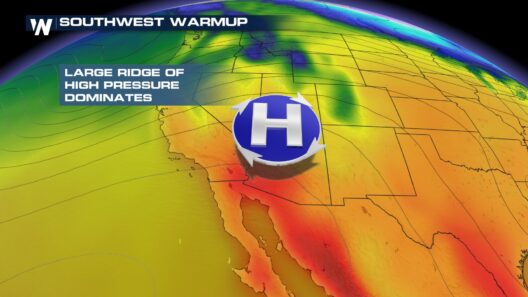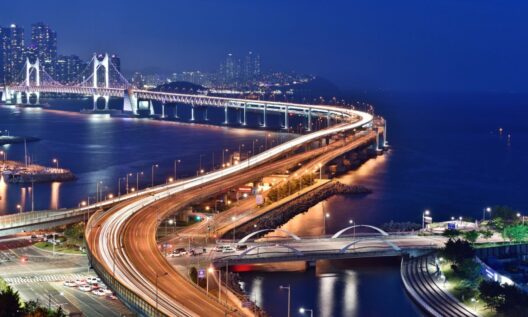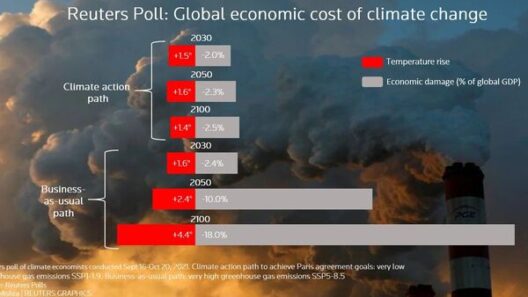The ongoing discourse surrounding climate change frequently oscillates between attributing the phenomenon to anthropogenic activities or natural processes. The intricacies of climate dynamics evoke a multitude of research, revealing serious implications for humanity and ecology alike. Understanding what really drives climate change mandates an examination of both man-made and natural catalysts, each of which contributes to the Earth’s climatological narrative.
Historically, Earth’s climate has oscillated through various phases, dictated by natural phenomena such as volcanic eruptions, solar radiation fluctuations, and orbital variations. For instance, volcanic eruptions can inject vast quantities of greenhouse gases and particulate matter into the atmosphere, altering global temperatures temporarily by reflecting sunlight away from Earth. However, the current trajectory suggests that contemporary climate fluctuations are largely exacerbated by anthropogenic influences.
Human activities, particularly since the Industrial Revolution, have resulted in unprecedented levels of greenhouse gas emissions. The burning of fossil fuels for energy—predominantly coal, oil, and natural gas—has surged, releasing substantial quantities of carbon dioxide (CO₂) and methane (CH₄) into the atmosphere. These gases trap heat, causing a warming effect known as the greenhouse effect. Data illustrates that, since 1750, CO₂ concentrations in the atmosphere have increased drastically, leading to an average global temperature rise of about 1.1°C. This statistic starkly underscores the human footprint on climate change.
Moreover, deforestation for agricultural expansion and urban development has diminished the planet’s ability to sequester carbon, compounding the issue. Trees and vegetation play a critical role in absorbing CO₂, thus mitigating greenhouse gas concentrations. However, with the relentless expansion of agriculture and infrastructure, vast forests are razed. Deforestation not only contributes to increased carbon emissions but also diminishes biodiversity, disrupting ecosystems that play a vital role in environmental stability.
In contrast to these anthropogenic drivers, natural variability in the climate system also cannot be disregarded. Events such as El Niño and La Niña result from periodic variations in ocean temperatures and currents, leading to significant changes in weather patterns across the globe. These phenomena can exacerbate droughts, alter precipitation patterns, and contribute to extreme weather events. However, while natural variability does affect climate systems, scientific consensus suggests that the scale and speed of current climate change overshadow historical patterns attributed solely to natural processes.
In an era marked by industrialization and rapid population growth, the various dimensions of climate change extend beyond mere temperature fluctuations. Ocean acidification is a direct consequence of increased atmospheric CO₂ levels, as oceans absorb about a quarter of the carbon dioxide emitted. This absorption alters the chemical composition of seawater, impacting marine life and ecosystems. Coral reefs, for example, are particularly vulnerable, suffering from bleaching events that diminish biodiversity and threaten the livelihoods of communities reliant on these ecosystems.
Further complicating the narrative, researchers have pointed out the interconnectedness of various environmental crises. The degradation of soil quality, freshwater scarcity, and loss of biodiversity are often interlinked with the impacts of climate change. Unsustainable agricultural practices can exacerbate soil erosion, while extreme weather events attributed to climate change hinder access to clean water. Collectively, these challenges necessitate an integrative approach towards environmental stewardship.
Addressing climate change requires a concerted effort that transcends regional and national boundaries. Policies aimed at reducing greenhouse gas emissions must be coupled with initiatives fostering renewable energy sources, enhancing energy efficiency, and promoting sustainable land use practices. Governments are increasingly confronted with mounting pressure from citizens advocating for action. Market-based solutions coupled with government regulations can stimulate technological innovations that reduce emissions while promoting economic growth.
Moreover, education plays a pivotal role in sustaining momentum towards meaningful change. The public must be equipped with knowledge regarding the urgent challenges posed by climate change, enabling informed participation in advocacy and decision-making. Grassroots movements have shown power in mobilizing communities, establishing a transformative dialogue that can bridge gaps between diverse groups with a vested interest in climate action.
In conclusion, the exploration of whether climate change is driven by man-made or natural causes is multifaceted, revealing an intricate web of interactions influencing the planet’s climate. While natural phenomena undeniably impact climate dynamics, anthropogenic activities have emerged as the predominant drivers of current changes. Understanding this complexity is paramount to developing informed strategies tailored to mitigate the threats posed by climate change. Bold, collective actions spearheaded by individuals, communities, and nations will be crucial in steering the planet toward a more sustainable future. The time for action is now, as future generations depend on the decisions made today.







